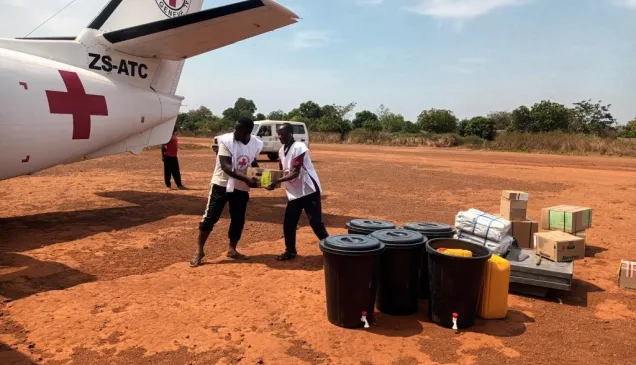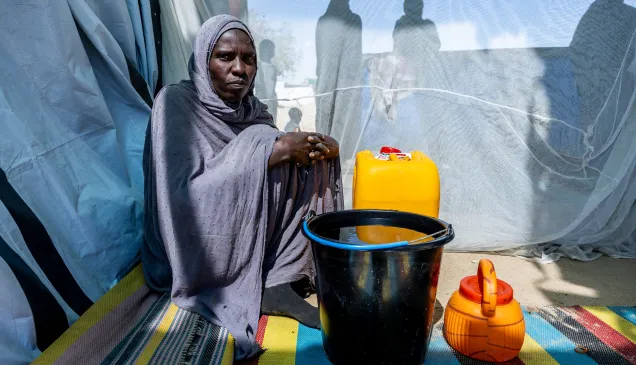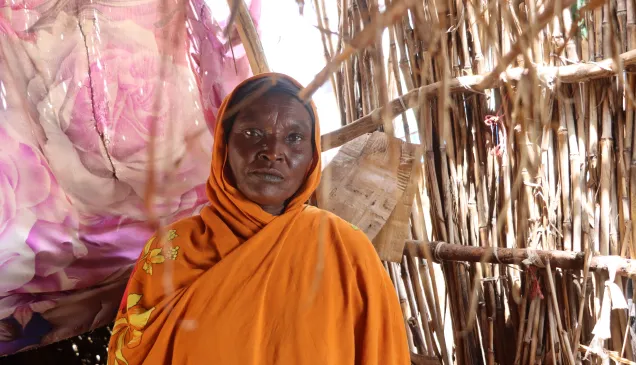Nothing to eat: Food crisis is soaring across Africa
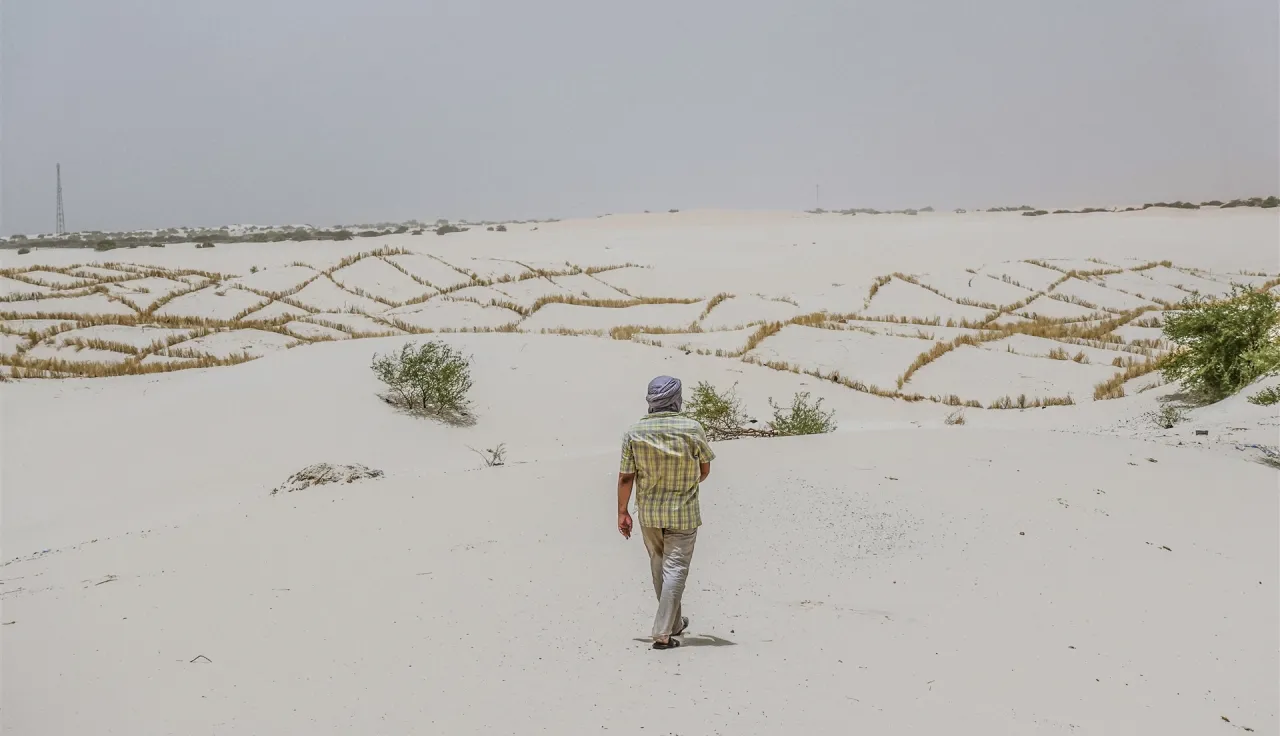
Devastating crop losses. Parched land. Millions of dead and dying cattle, goats and camels. Starving and severely malnourished children. Rising global grain prices that force families to go hungry. These are the indelible marks of the food crisis in Africa.
How did we get here?
A changing climate, increases in conflict and unproductive farming have compounded the food crisis problem in Africa, and the International Committee of the Red Cross (ICRC) has called for immediate and long-term interventions.
An estimated 346 million people in Africa are affected by the food crisis, according to recent reports by the Food and Agriculture Organization (FAO) and the African Union (AU).
"There is not enough food or water. You can run away from the fighting, but you can't escape from the drought," says Deeko Adan Warsame, the chair of the women's council of Guriel, northern Somalia.
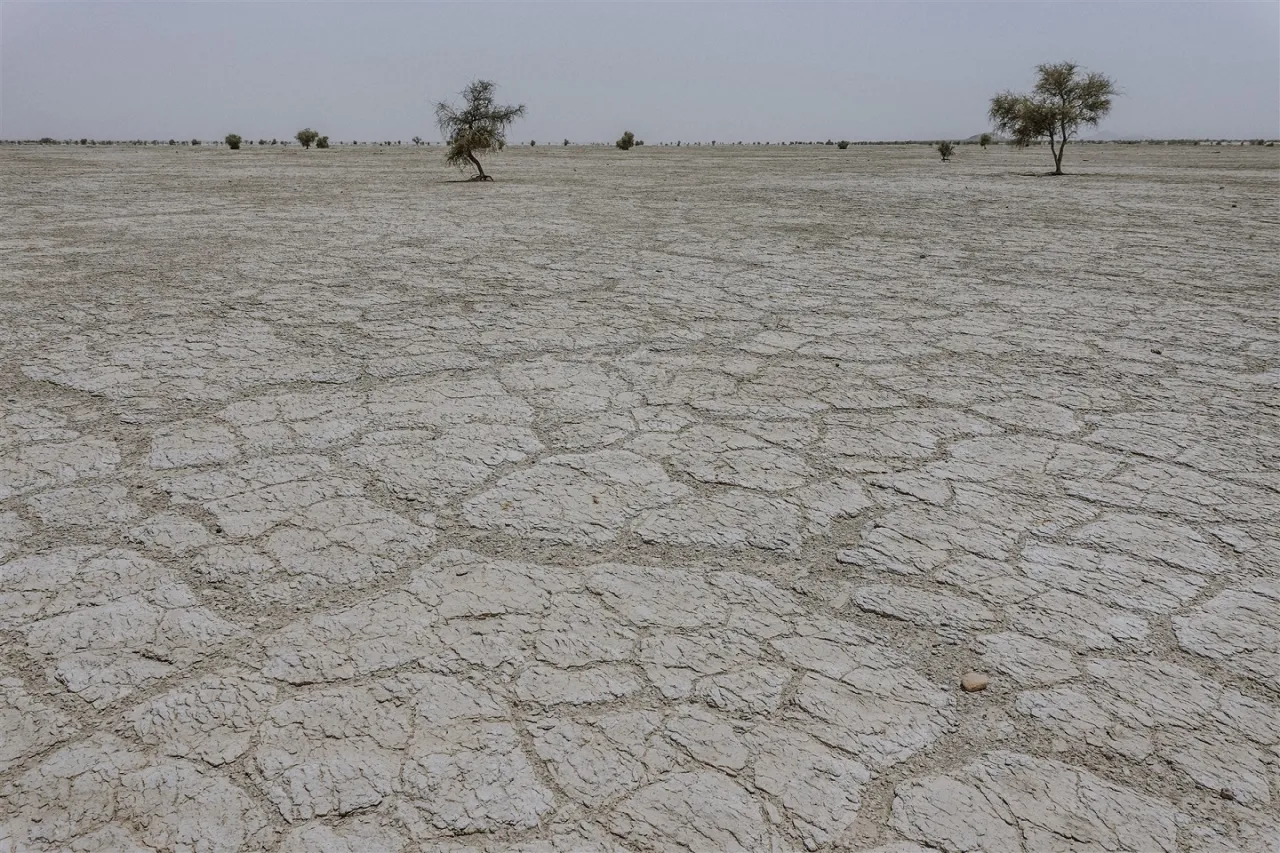
Ms Warsame's words sum up the alarming hunger situation in Africa that risks intensifying in the coming months. Somalia has been hit particularly hard. Livestock, a key livelihood in the Horn of Africa, is threatened by the persistent drought. It exacerbated unprecedented animal losses resulting from shortages of pasture and water.
An estimated 1.5 million livestock perished, and the remaining animals have become emaciated and weak. Crop production is between 58 per cent to 70 per cent below average across the region.
This is #Somalia today
90% of country faces drought
1.4 million children likely to suffer from acute malnutrition
Crops fail, water levels are depleted, & livestock is lost
Over 270,000 have left their homes in search of food & water@PYoussefICRC @MoFAICUAE https://t.co/sWJV2R3JN4— Clare Dalton (@cdaltonICRC) May 20, 2022
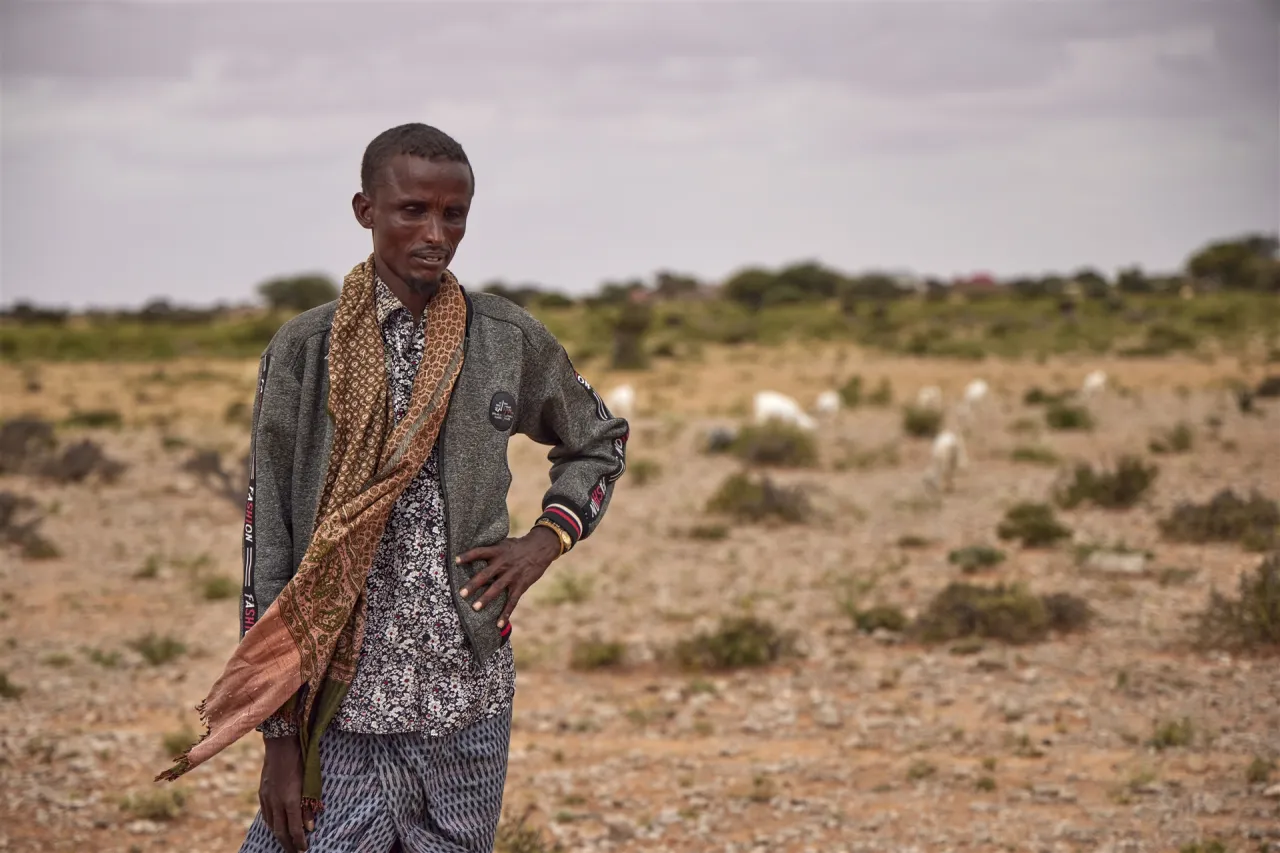
And what is unfolding in Somalia repeats itself in other countries in the Horn of Africa and as far as the Sahel belt.
Rain-fed agriculture in the Horn of Africa region has failed almost systematically in recent years. Many farmers are left with no choice but to abandon their fields and move to major cities, searching for alternative livelihoods.
Malnutrition rates are rising due to deteriorating purchasing power and the limited access to a healthy diet and healthcare. These high malnutrition rates are also being witnessed in Kenya and the Central African Republic.
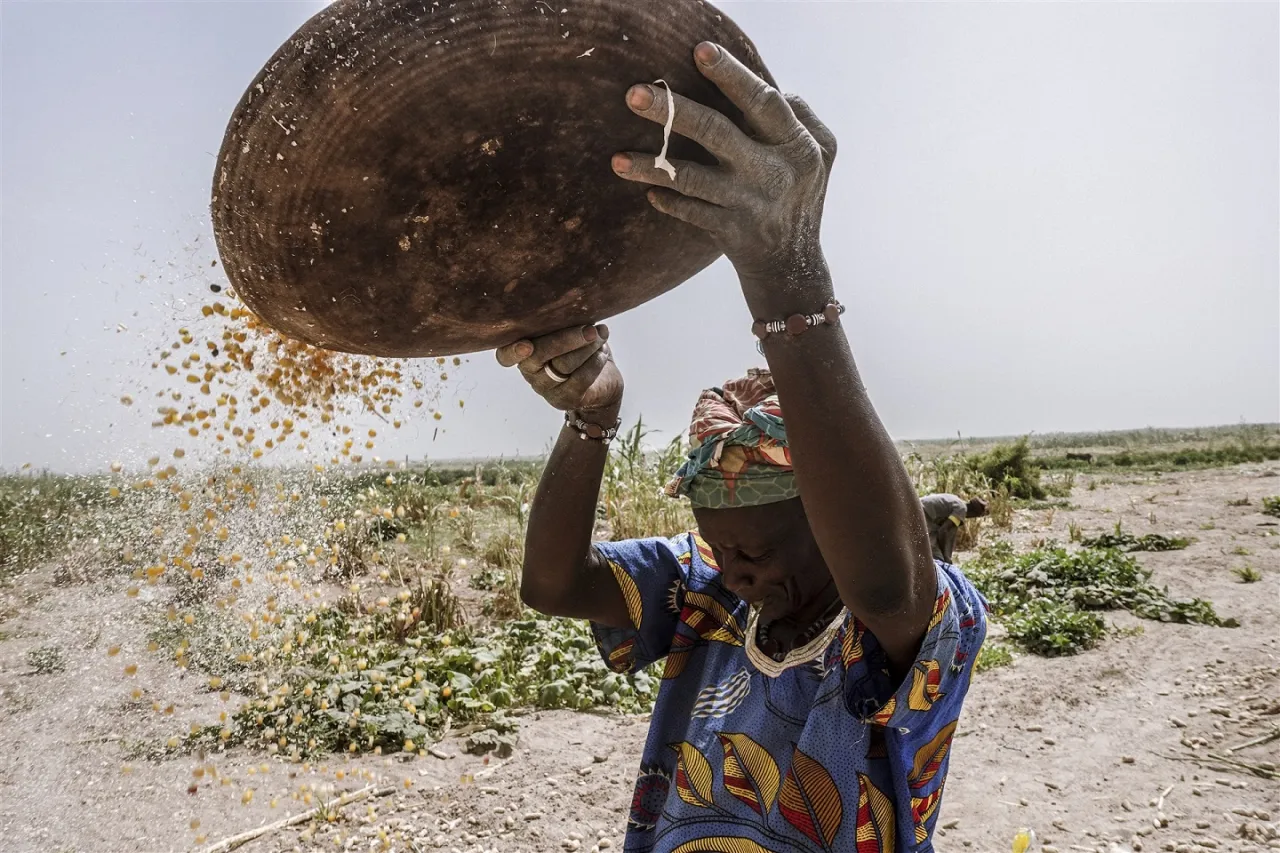
Largely unnoticed disaster
"This is a disaster going largely unnoticed. Millions of families are going hungry, and children are dying because of malnutrition," says Dominik Stillhart, the head of the International Committee of the Red Cross's global operations.
The food crisis spans across the continent, from Mauritania and Burkina Faso in the west to Somalia and Ethiopia in the east. In response, the ICRC will ramp up operations in ten countries in close coordination with other components of the International Red Cross and Red Crescent Movement to support an additional 2.8 million people.
"We are scaling up our operations in countries like Somalia, Kenya, Nigeria, Burkina Faso, and many others to try and help as many people as possible, but the number of people going without food and water is staggering," adds Mr Stillhart.
In Central Africa, the Democratic Republic of the Congo, some 27 million people, 25 per cent of the DRC's population, face acute food insecurity conditions.
In Central and West Sahel, conflict and the COVID-19 pandemic's impact on markets have adversely affected populations. Conflict in the region has disrupted the economy and forced the displacement of more than seven million people. Burkina Faso alone is experiencing the fastest growth in displaced people, with an almost three-fold increase compared to the last 12 months.
In the Sahel, specifically in Mali, Niger and Burkina Faso the situation is particularly worrying as a combination of food crisis and conflict pushes populations to the brink. Violence is disrupting every aspect of the socio-economic balance that has existed for decades and is further fueling a food and water crisis.
The #Sahel is experiencing its worst dry spell in more than 10 years.
Conflict is making worse an ongoing food crisis. #COP15
Listen to Larba`s story. pic.twitter.com/jNvGheZKNW— ICRC Africa (@ICRC_Africa) May 12, 2022
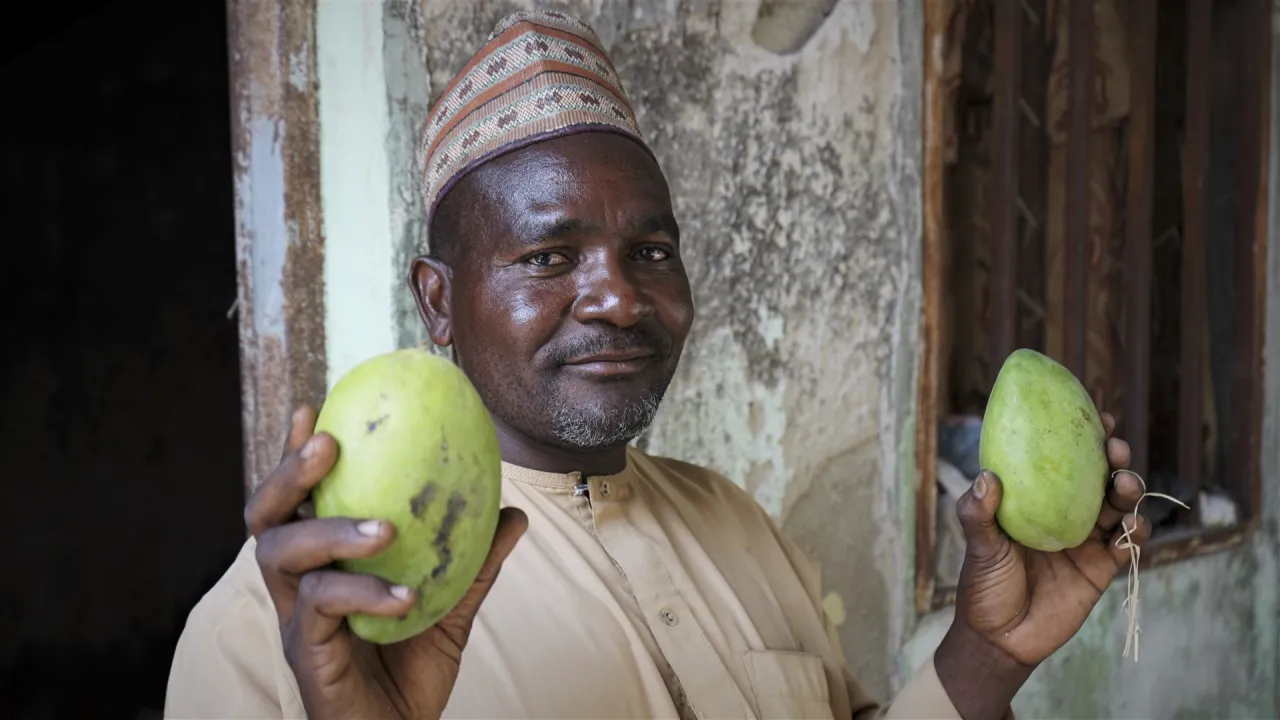
It is estimated that 10.5 million people are facing malnutrition in Burkina Faso, Mali, Niger and Mauritania. Over 1.2 million people are projected to be in stage four of the food insecurity index during the upcoming lean season (the period between harvests).
"What hurts me today of course is hunger but also, it's the look of my children who don't understand that there are days when I come home and I don't have anything in my hands," says a widowed mother of six from Burkina Faso. She was speaking to ICRC officials.
Conflict, climatic shocks like the droughts in East Africa and poor cumulative rainfalls in West Africa, a dramatic rise in displaced people, and surging food and fuel prices have contributed to the overwhelming needs in the region. Many of the affected countries are still reeling from the adverse economic effects of the COVID-19 pandemic, complicating matters further.
Additional challenges include limited access to vulnerable populations due to insecurity and the fighting in Russia and Ukraine. Together, the two countries constitute a quarter of the world production of wheat and grains.
Some of the countries worst affected by the current food insecurity crisis are those most reliant on wheat from Russia and Ukraine, including Somalia (over 90 per cent dependent), Democratic Republic of Congo (over 80 per cent dependent) and Burkina Faso, Cameroon, Ethiopia, Nigeria, and Sudan (all between approximately 20-45 per cent dependent).
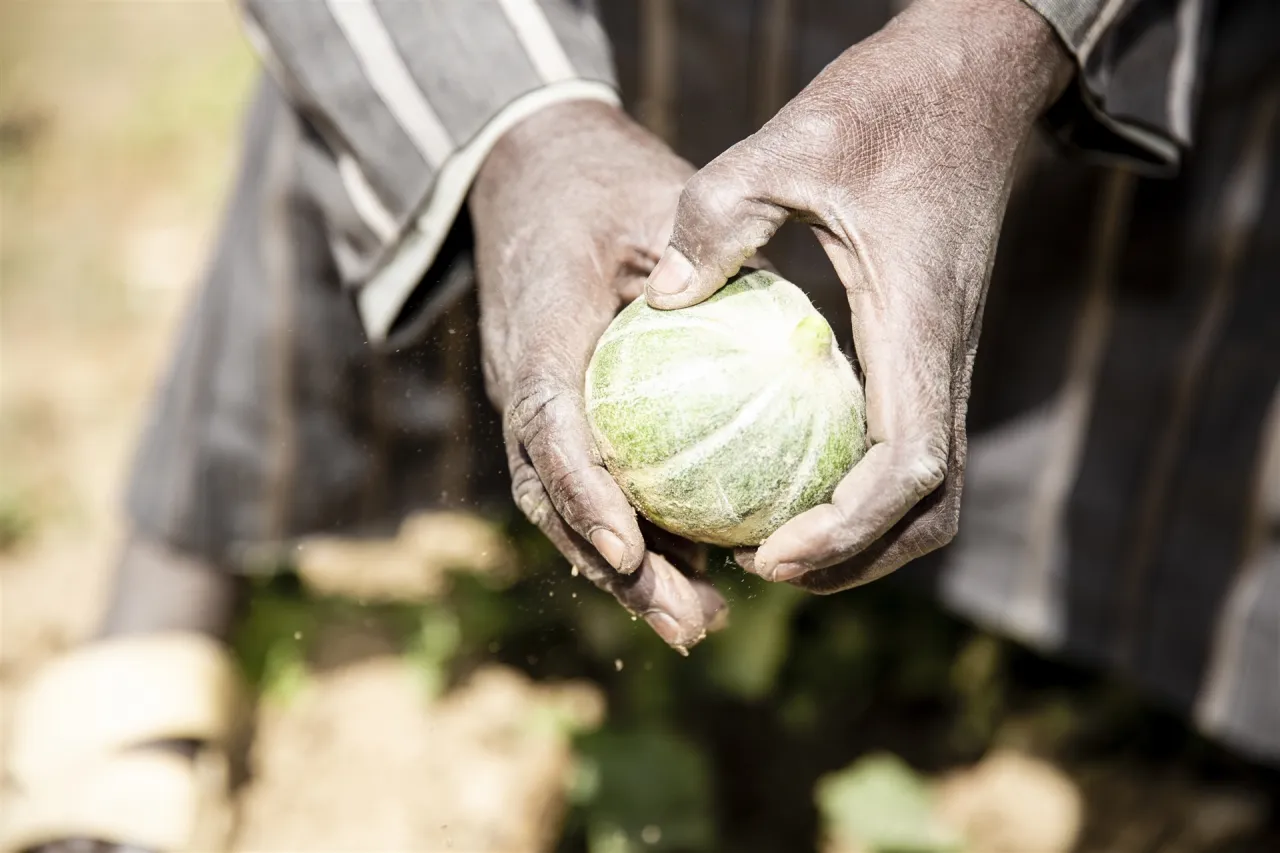
Need for concerted efforts
"We need more people on board with this crisis. The bulk of the ICRC's work is helping people stay alive, but it's not nearly enough. A crisis of this scale needs a concerted effort from governments, humanitarian partners, and donors to focus on mid and long-term support to help those affected get back on their feet. This needs to be the priority," says Mr Stillhart.
According to Zakaria Maiga, ICRC's food insecurity crisis advisor and former operations coordinator for the Sahel, the issue of food insecurity is not new.
The difference this time is "the intensity of the situation: driven by the rapid pace of climate change and numerous complexities that not seen in the past, such as the loss of basic services; poverty, exacerbated by the COVID-19 pandemic and the deterioration of security with the rise of inter communal violence linked to water scarcity and non-state armed conflict, driven by political instability and cultural tensions".
Patrick Youssef, the ICRC's regional director for Africa, agrees with Mr Maiga.
Every year we communicate and respond, but this year is something different. We've not seen something like this in Somalia for 40 years. Floods have ravaged the interior of Mali and brought cereal production down to 20 per cent of normal levels – so there are huge losses.
Response from the ICRC
This has triggered a more radical response, to go beyond food provision and work with partners to strengthen systems.
Patrick says: "As an institution we're very serious about our sustainable humanitarian impact ambitions and mobilising actors to address the root causes of food insecurity, and not just the wounds."
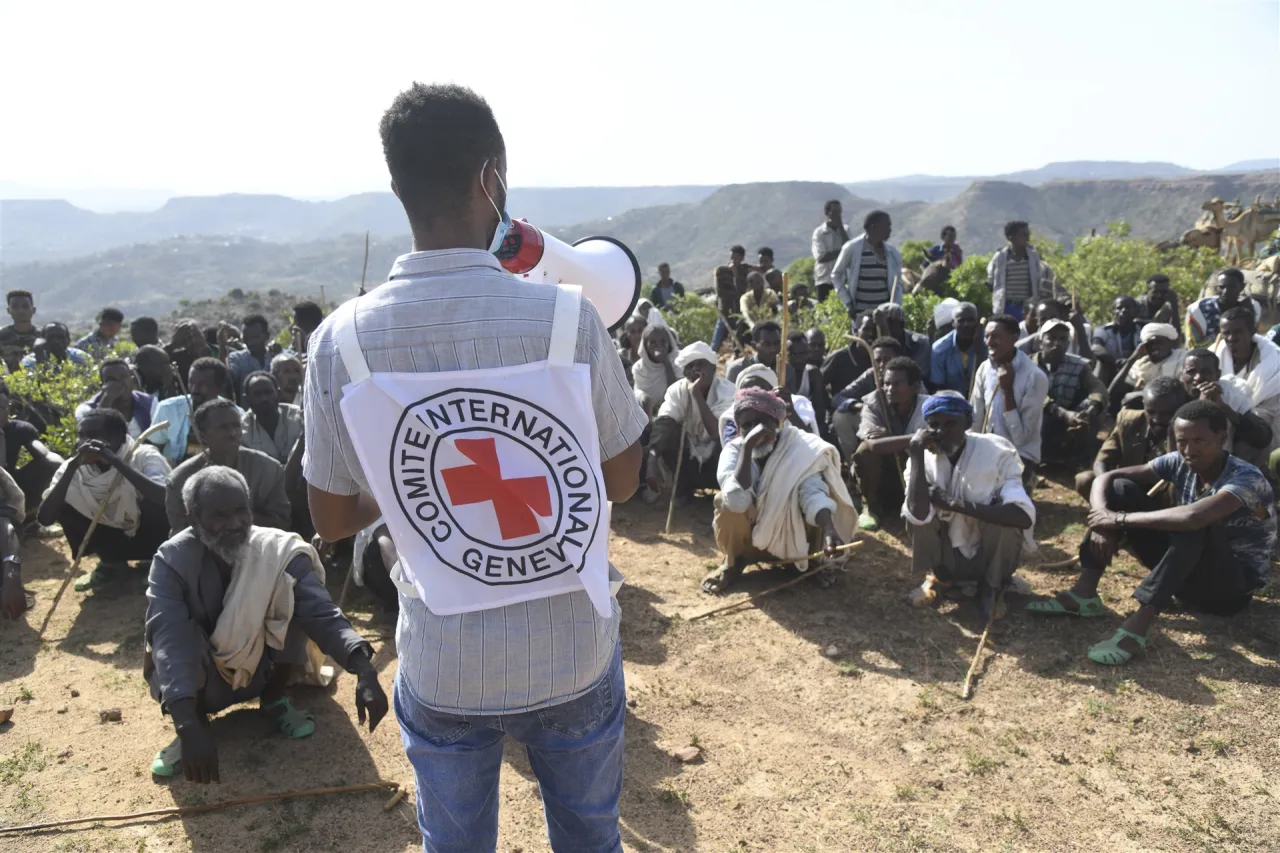
The ICRC has been working for decades to address the effects of food insecurity in Africa, moving beyond the 'symptoms' to address underlying causes requires closer partnership and stronger advocacy with development partners. It will continue to concentrate its activities in remote areas that are affected by hostilities and that are difficult to reach or inaccessible for other organizations because of security and access constraints.
Some of the specific activities the ICRC will conduct are: step up distributions of food assistance – including through vouchers or cash, increase provisions of therapeutic food for treating malnourished children and pregnant or breastfeeding mothers, and increase distributions of seed, farming tools and equipment, livestock and/or fodder, or cash/vouchers for buying these, to farming and herding households.
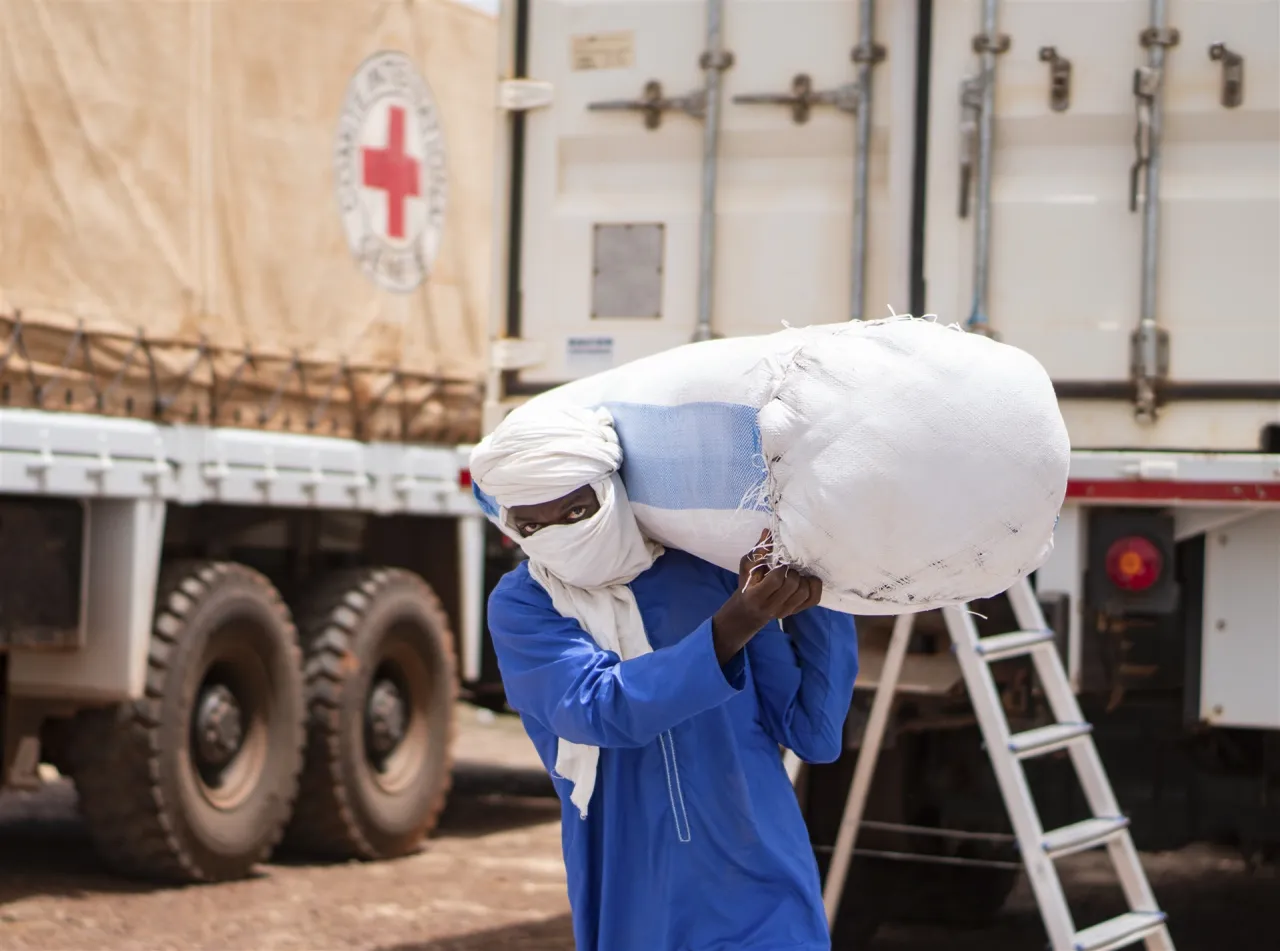
The ICRC is carrying out assistance efforts, together with other components of the International Red Cross and Red Crescent Movement, across Africa - Somalia, Kenya, Ethiopia, South Sudan, the DRC, Sudan, Nigeria, Central African Republic, Chad, Cameroon, Niger, Burkina Faso, Mali and Mauritania – where the food security crisis is felt the most.

